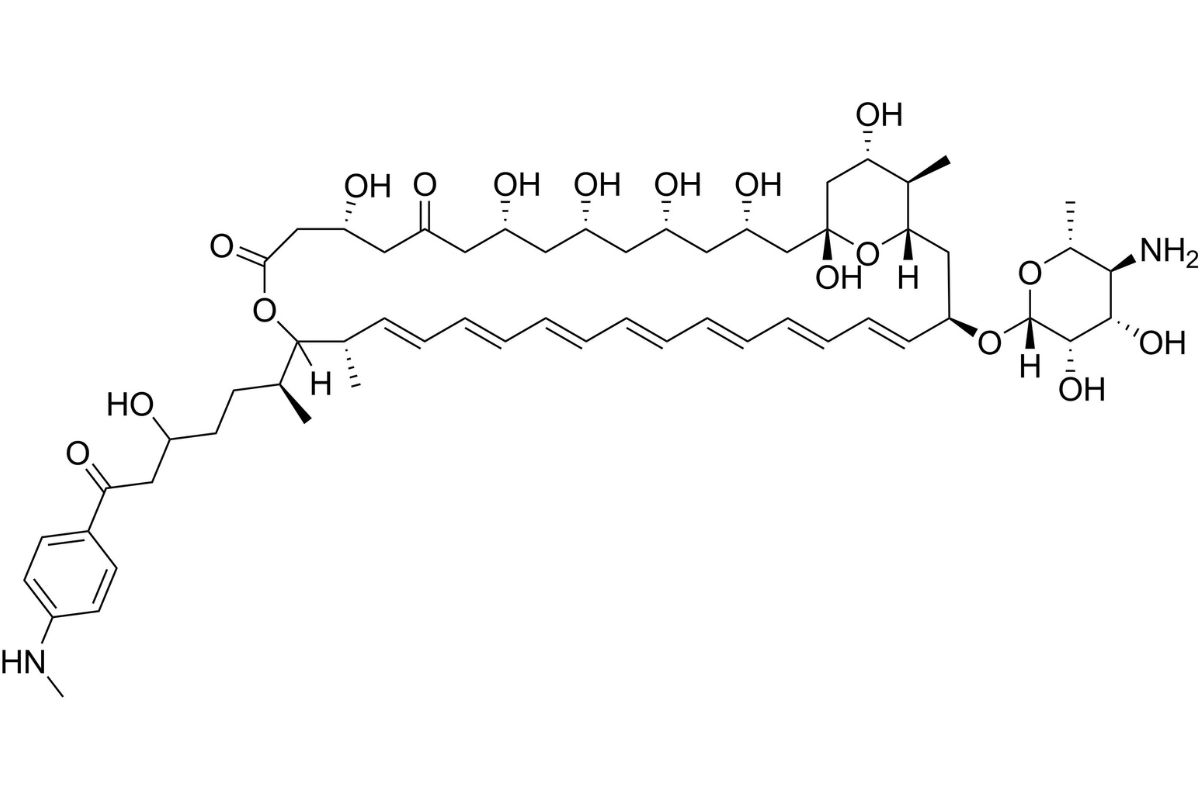
Perimycin is a fascinating antibiotic with a rich history and unique properties. What makes Perimycin special? This powerful compound, derived from a specific strain of bacteria, has been a game-changer in treating various infections. Unlike many antibiotics, Perimycin targets a broad spectrum of bacteria, making it incredibly versatile. Its ability to disrupt bacterial cell walls ensures that infections are tackled efficiently. Moreover, Perimycin has shown promise in combating antibiotic-resistant strains, a growing concern in modern medicine. Understanding its origins, mechanisms, and applications can provide valuable insights into its role in healthcare. Dive into these 20 facts to uncover the wonders of Perimycin!
Key Takeaways:
- Perimycin is a powerful antibiotic derived from soil bacteria, effective against specific bacterial infections, and has a rich history in the fight against antibiotic-resistant bacteria.
- Its unique mechanism of action targets the bacterial ribosome, making it effective against bacteria resistant to other antibiotics, and it continues to be studied for its potential in developing new medical treatments.
What is Perimycin?
Perimycin is an antibiotic known for its effectiveness against certain bacterial infections. It has a unique history and various applications in the medical field. Here are some fascinating facts about Perimycin.
- Perimycin is derived from a type of soil bacteria called Streptomyces.
- It was first discovered in the 1950s during a search for new antibiotics.
- This antibiotic is particularly effective against Gram-positive bacteria.
- Perimycin works by inhibiting protein synthesis in bacteria, which stops their growth.
- It is often used to treat infections caused by Staphylococcus and Streptococcus species.
Historical Significance of Perimycin
The discovery of Perimycin marked a significant milestone in the fight against bacterial infections. Its development has a rich history filled with scientific breakthroughs.
- The discovery of Perimycin was part of the golden age of antibiotic research.
- It was one of the first antibiotics to be isolated from soil bacteria.
- Researchers initially found Perimycin while exploring natural sources for new drugs.
- The antibiotic was named after the Greek word "peri," meaning "around," due to its broad-spectrum activity.
- Early studies showed that Perimycin could combat bacteria resistant to other antibiotics.
Medical Uses of Perimycin
Perimycin has a variety of applications in modern medicine. Its effectiveness against specific bacteria makes it a valuable tool for healthcare professionals.
- Perimycin is used to treat skin infections, including impetigo and cellulitis.
- It is also effective against respiratory infections like pneumonia.
- Doctors sometimes prescribe Perimycin for bone infections, such as osteomyelitis.
- It can be used to treat certain types of urinary tract infections.
- Perimycin is available in various forms, including tablets, capsules, and topical ointments.
Mechanism of Action
Understanding how Perimycin works helps in appreciating its role in combating bacterial infections. Its mechanism of action is both unique and effective.
- Perimycin binds to the bacterial ribosome, a crucial part of the cell's protein-making machinery.
- By binding to the ribosome, Perimycin prevents the bacteria from producing essential proteins.
- This inhibition of protein synthesis leads to the death of the bacterial cell.
- Perimycin's ability to target the ribosome makes it effective against bacteria that have developed resistance to other antibiotics.
- Researchers continue to study Perimycin to understand its full potential and develop new derivatives for medical use.
The Final Word on Perimycin
Perimycin, a powerful antibiotic, has proven its worth in the medical field. It's effective against a wide range of bacterial infections, making it a go-to for many healthcare professionals. Despite its benefits, it's crucial to use it responsibly to avoid antibiotic resistance. Always follow your doctor's instructions and complete the full course of treatment.
Remember, while Perimycin can be a lifesaver, it's not a cure-all. It won't work against viral infections like the flu or common cold. Misuse can lead to serious health issues down the line. Stay informed, use antibiotics wisely, and consult your healthcare provider with any concerns.
Understanding Perimycin's role in medicine helps us appreciate its value and use it effectively. Stay healthy, stay informed, and always prioritize responsible medication use.
Frequently Asked Questions
Was this page helpful?
Our commitment to delivering trustworthy and engaging content is at the heart of what we do. Each fact on our site is contributed by real users like you, bringing a wealth of diverse insights and information. To ensure the highest standards of accuracy and reliability, our dedicated editors meticulously review each submission. This process guarantees that the facts we share are not only fascinating but also credible. Trust in our commitment to quality and authenticity as you explore and learn with us.
